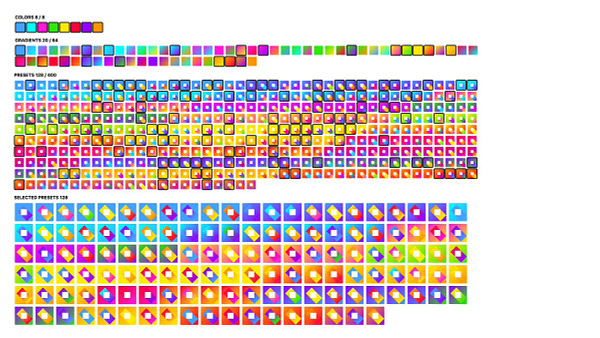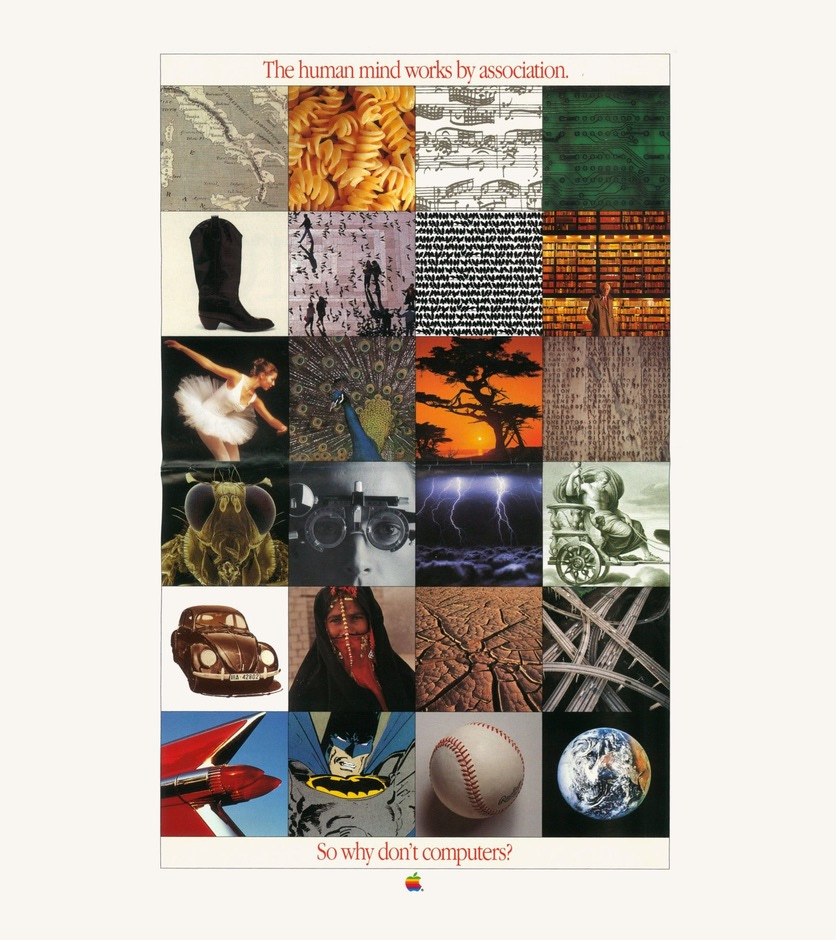Generating your own Oblique Strategies
Here’s an afternoon hack I’ve been playing with—a procedural generator that helps you write your own Oblique Strategies by generating Meta-Oblique Strategies.
Repo: github.com/gordonbrander/prompt_generator
It’s a little Python script that uses Tracery to generate the beginnings of a creative prompt. Run the script…
./runtracery.py grammars/prompt.json…And you’ll get some provocations for writing a prompt:
An either/or prompt to substitute rule
An either/or prompt to eliminate social attribute (e.g. taboo)
A question prompt to make an analogy to another field (architecture, ecology, politics)
A provocation to make an analogy to nature (how is my subject like... rainforest, river, insect)These provocations are just starting points, a way of drawing out ideas that are already within you. The game is to expand them into Tweet-sized provocations, infusing them with context, analogies, anecdotes, by hand.
Right now, the Tracery grammar that generates these prompts is extremely basic—the results of a couple hours’ work, mostly based on the SCAMPER method. Yet Tracery is remarkably flexible. With a bit of work, you could construct grammars that might generate most, or even all, of a finished prompt. Try modifying the grammar yourself, or creating new grammars.
Why hack this together? Many of the Geists I am prototyping for Subconscious are designed to serve up creative prompts and oracular provocations.
Some of these prompts will be simple and general-purpose. What does this remind me of? How does this change my understanding? What questions do I have about this?
Others will be more complex, algorithmically generated from the context of your notebook, drawing from topical libraries of content. If you’ve ever used IDEO method cards, or The Art of Game Design Deck, or Writer Emergency Pack, or Thing From The Future, kind of like that, but algorithmic.
So anyway, I’m building up this library of topical atomic prompts that can be used within larger procedural generators, sort of like storylets. A giant library of Oblique Strategies.
Sitting down and writing hundreds of prompts is a challenge. Writer’s block! What to do? Build a procedural generator!
The Python script is extremely basic, just a little wrapper around Tracery, plus a bit of JSON. Almost too simple to share! But that’s part of the beauty. These kinds of silly hacks are cheap to produce. They leverage the computer to do what it does best—dumb permutation—so we can do what we do best—deeply contextual creative thinking.


Using a computer to generate permutations is a simple superpower for thinking. It transforms the creative act into a foraging expedition. We’re pretty good at foraging. We’ve been practicing about 300,000 years.





